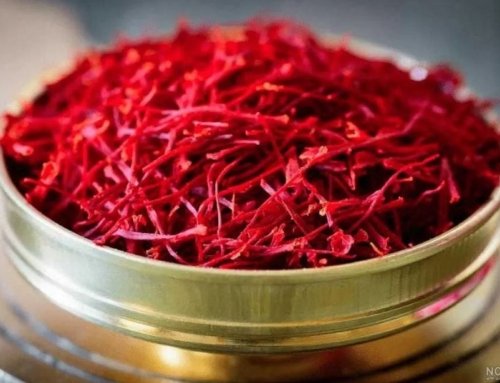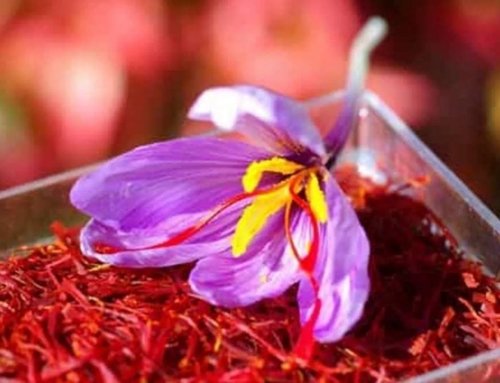 Factors Affecting Saffron Growth: Part Two
Factors Affecting Saffron Growth: Part Two
Factors Affecting Saffron Growth
Understanding the critical elements that influence saffron flowering is essential for farmers aiming to achieve high yields. Factors like soil and water quality, irrigation schedules, and weed management play a significant role in the success of saffron cultivation. This article explores these crucial factors to help you optimize your saffron farming practices.
Importance of Soil and Water Quality for Saffron
The quality of water and soil has a direct impact on saffron flowering. Ideally, the electrical conductivity (EC) of both water and soil should be below 4000. Higher EC levels can lead to reduced saffron flowering. Additionally, the pH level should not exceed 7.5, as excessive alkalinity hinders nutrient absorption. This balance is vital for creating an ideal environment for saffron plants.
How Irrigation Frequency Impacts Saffron Yield
To maintain optimal saffron growth, at least 4 to 5 irrigations are needed annually. Key irrigation periods include “Zaj Water,” applied post-harvest, and “Yellow Water,” timed with the yellowing of leaves. These specific irrigation techniques are critical for maximizing flowering and ensuring the crop’s sustainability.
Weed Management for Healthy Saffron Fields
Factors Affecting Saffron Growth
Weeds can severely affect saffron flowering. Late winter and spring rains often lead to increased weed growth, which competes with saffron plants for nutrients. It is vital to remove weeds, particularly after the flowering period, to allow saffron corms to thrive. However, deep-rooted perennial weeds like camel thorn should only be removed before October irrigation to avoid disturbing the soil unnecessarily.
Preserving Saffron Leaves for Optimal Growth
Saffron corms rely on nutrients stored in their leaves during the growing season. Removing or grazing these leaves prematurely can drastically reduce corm size and saffron yield. To ensure optimal growth, avoid cutting or grazing leaves until they dry naturally at the end of the season.
The Impact of Mixed Cropping
Some farmers plant other crops like barley or turnip alongside saffron. Mixed cropping often leads to competition for water and soil nutrients, significantly reducing saffron yields in subsequent seasons. To optimize production, saffron should be cultivated exclusively in its field.
Using Soil and Sand to Adjust Planting Depth
When planting depths are shallow, adding soil or sand can help. However, low-quality or overly clayey materials can negatively impact saffron growth. Excessive soil coverage may suffocate the corms, causing reduced flowering and yield.
Farm Leveling After Planting
Uneven fields can create irrigation challenges in subsequent seasons. While some farmers resort to leveling with tractors during summer, this practice can significantly harm saffron flowering and overall production in that year. Field leveling must be done carefully before planting to avoid such issues.
The Effect of Farm Age on Saffron Yield
Factors Affecting Saffron Growth
In the first five years after planting, saffron yield typically increases due to the multiplication of corms. From the sixth to the eighth year, the yield stabilizes, but it begins to decline thereafter. This reduction results from corms rising closer to the surface and nutrient depletion in the soil. Regular field maintenance and crop rotation are essential for sustaining long-term productivity.
Conclusion: Ensuring Optimal Conditions for Factors Affecting Saffron Growth
Maintaining high-quality soil and water, managing irrigation schedules, controlling weeds, and ensuring proper planting practices are crucial steps to enhance saffron yield. By addressing these factors, farmers can maximize the potential of their saffron fields.


![Exporting Saffron to Turkey + Price Guide [Complete 0 to 100]](https://www.rowhanisaffron.com/wp-content/uploads/f1-372-500x383.jpg)




Get Social